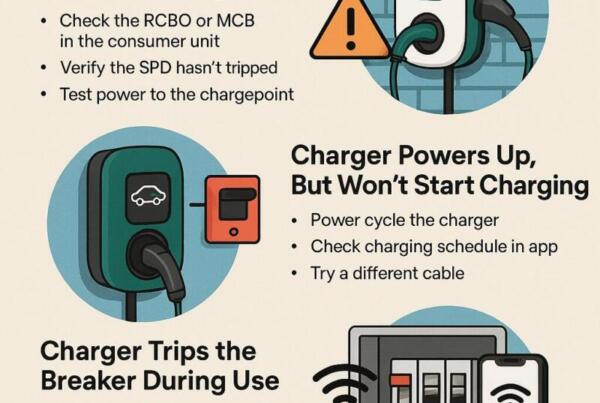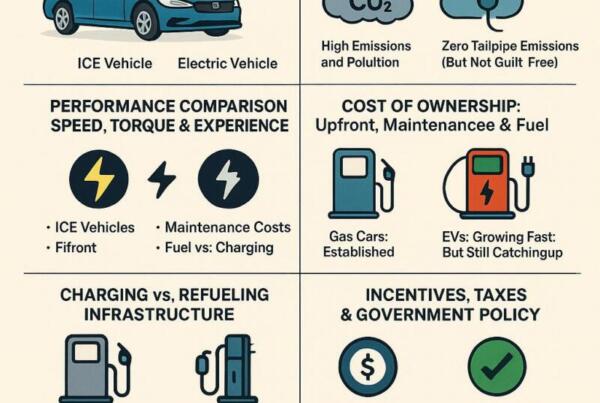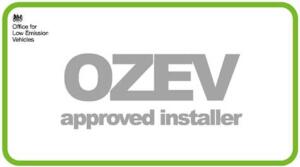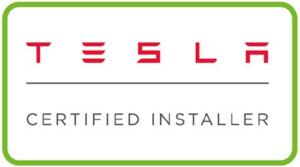Energy-efficient Building Design
Imagine walking into a building that feels just as comfortable on a scorching summer day as it does on a chilly winter night. A building that saves you money on energy bills without sacrificing style or functionality. Sounds too good to be true? Not if it is designed with energy efficiency in mind. As the world becomes more conscious of the impact of climate change, energy-efficient building design is no longer just a luxury but a necessity.
This guide will explore the ins and outs of energy-efficient building design.
Buildings That Work with Nature: A New Standard for Energy Efficiency
The energy-efficient building design is not just about fancy gadgets and appliances. Sometimes, it’s the simplest things that can make the biggest impact. Take building orientation, for example. You can reduce your reliance on electricity and HVAC systems by strategically placing windows and entrances to take advantage of natural light and ventilation. And if you’re starting from scratch with a new building, you have even more opportunities to make the most of your surroundings.
By considering the direction of the sun, prevailing winds, and local weather patterns, you can create a structure that works in harmony with nature. So, let’s ditch the old mentality of fighting against our environment and start building structures that work with it.
Smart Building Design: How to Make Every Square Foot Count
When it comes to energy efficiency, bigger isn’t always better. That’s why, when selecting a building for your business or retrofitting an existing one, it is choosing a size that matches your needs is essential.
By selecting a smaller building, you’ll save on construction costs and reduce your environmental impact. And if you do need a bigger space, retrofitting an existing building can save you even more money and energy than building from scratch.
Designing for Retrofitting: Future-Proofing Your Building
As with any investment, it’s important to consider the long-term return on your energy-efficient building. That’s why it’s crucial to design with retrofitting in mind. By creating a flexible structure that can adapt to changing technology and needs, you will future-proof your investment and ensure that it remains energy-efficient for years to come.
Building Standards: Measuring Your Energy Efficiency
To truly maximize your energy efficiency, meeting or exceeding industry standards is essential. Energy Star, LEED, and IGCC are three widely recognized standards that can help you achieve your goals. By striving to meet these standards, you’ll ensure a greener building and gain recognition for your efforts.
Size Matters: Why Choosing a Smaller Building Can Be a Big Win
When it comes to energy efficiency, every square foot counts. By selecting a smaller building, you can reduce your environmental impact, save on construction costs, and increase your energy efficiency. And with retrofitting options available, you can always expand your space as needed without sacrificing your energy goals.
So whether starting from scratch or retrofitting an existing building, remember that smart building design is about more than just energy efficiency. It’s about future-proofing your investment, reducing your environmental impact, and making every square foot count.
Insulate Properly:
Proper insulation is crucial for energy efficiency, so make sure to use green materials and insulate the building thoroughly to prevent hot or cold air from escaping.
Choose the Right Windows:
Double or triple-pane, low-emissivity windows help insulate and protect the building. These energy-saving options increase your building’s overall efficiency and reduce utility costs.
Use Insulated Concrete:
Insulated Concrete Forms (ICFs) and metal framing are durable, energy-efficient building materials that provide extra insulation and can easily withstand extreme weather.
Install Solar Panels:
Solar panels reduce reliance on electricity, cutting lighting and appliance costs. Many states and cities offer incentives for their installation.
Choose an Energy-Efficient HVAC System:
The HVAC system controls the building’s heating, ventilation, and cooling. An energy Star-rated system is energy efficient and requires less energy to function.
Regularly Change Air Filters:
Dirty filters force the HVAC system to work harder, increasing utility costs. Change them regularly to ensure optimal efficiency.
Clean Air Ducts:
Keep air ducts clean to maintain the HVAC system’s efficiency and prevent breakdowns.
Prevent HVAC Air Leaks with a Sealant Sealing HVAC leaks prevent energy waste and ensures optimal efficiency.
Final Thoughts
To conclude, designing an energy-efficient building doesn’t have to be difficult. You can save money and reduce environmental impact by incorporating features like proper insulation, energy-efficient windows, solar panels, and a high-efficiency HVAC system. Regular maintenance, such as changing air filters and cleaning air ducts, will keep the building functioning efficiently.











